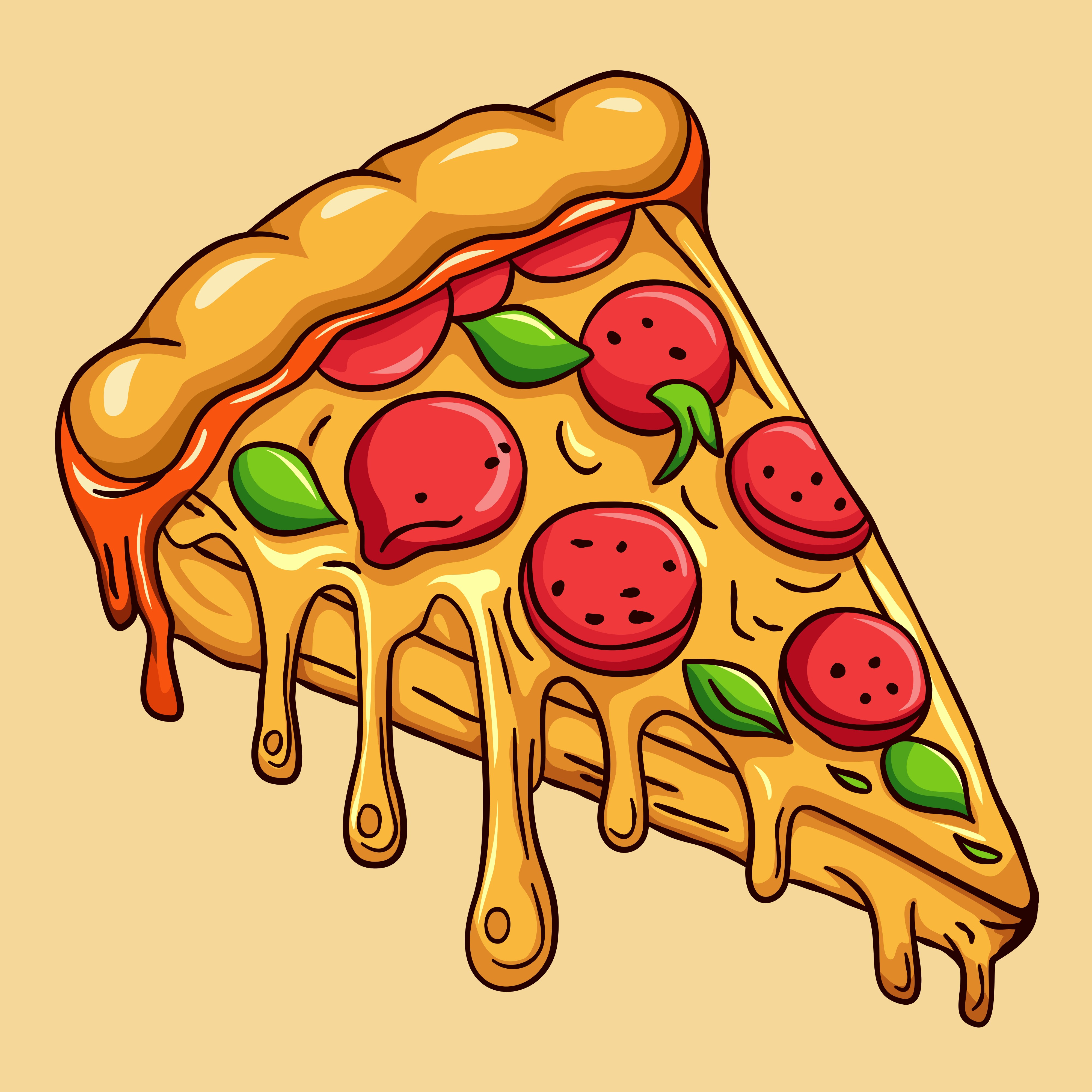The Law of Diminishing Marginal Utility: Why That 10th Slice of Pizza Just Isn’t the Same

Introduction: The Tale of the Bottomless Pizza
Picture this: You walk into an all-you-can-eat pizza buffet, stomach growling, ready to devour as much pizza as humanly possible. The first slice? Absolute perfection. The warm, gooey cheese stretches with every bite, the crust is crisp but soft inside, and the tangy tomato sauce is just right. You savor every second of that first slice, wondering if life could get any better.
The second slice? Still amazing—maybe even better than the first because now you’re getting into a rhythm. By the third and fourth slices, you’re feeling pretty satisfied, but hey, you’re here to get your money’s worth. Then you hit slice number five, and things start to shift. The excitement is wearing off, and you’re eating more out of habit than hunger. Fast forward to slice number eight. Now, the thought of another bite makes you question all of your life choices. That once-perfect pizza now seems excessive, and suddenly, you’re done.
You, my friend, have just experienced the Law of Diminishing Marginal Utility in action. This fundamental economic principle explains why your satisfaction (utility) from consuming a good or service decreases as you consume more of it. In simple terms: The first bite is always the best, and everything after that just isn’t as exciting.
The Law of Diminishing Marginal Utility states that as a person consumes more units of a good or service, the additional satisfaction (or marginal utility) they derive from each extra unit gradually decreases. The first few units provide the most joy, but as you continue consuming, each additional unit gives you less and less happiness until, eventually, it provides no additional satisfaction at all—or even negative satisfaction.
Let’s break this down further:
- Marginal Utility refers to the extra satisfaction you get from consuming one more unit of something. If the second slice of pizza gives you less enjoyment than the first, that means your marginal utility has decreased.
- Diminishing means that this extra satisfaction gets smaller and smaller with each additional unit consumed.
- Utility is just a fancy way of saying happiness or satisfaction in economics.
Mathematically, this concept is represented as:
📉 MU = ΔTotal Utility / ΔQuantity Consumed
This formula tells us that as the quantity of a good consumed increases, the marginal utility decreases. Eventually, it could even become negative, meaning consuming more actually makes you feel worse.

Fun Examples of Diminishing Marginal Utility
This concept applies to more than just food—you’ve probably encountered it in different areas of life. Let’s take a look at some relatable examples.
1. The Candy Bar Effect 🍫
Imagine you just unwrapped your favorite chocolate bar. The first bite is pure bliss—the rich, creamy chocolate melts in your mouth, and you instantly feel happier. The second bite is still great, but maybe not as exciting as the first. By the third or fourth bite, you’re already used to the taste, and it’s not as thrilling. By the time you finish the bar, you might even feel a little sick of chocolate.
2. Netflix Binge Syndrome 📺
That first episode of a new show? Instantly hooked. The story is exciting, and you can’t wait to see what happens next. By the time you finish episode five, you’re still engaged, but the excitement is wearing off. By episode ten, you’re just watching because you’ve invested too much time to quit now. The magic from the first episode has faded, and now, you’re watching on autopilot.
3. The DJ at a Party 🎶
When your favorite song comes on at a party, you lose your mind—instant serotonin boost! If the DJ plays it again an hour later, you’re still excited and singing along. But imagine if they played it ten times in a row. By the fourth or fifth play, you’re annoyed, and by the tenth, you’re ready to leave the party.
Why Does This Matter in Economics?
Economists use the Law of Diminishing Marginal Utility to explain consumer behavior and how prices are set in the marketplace. Understanding this concept helps businesses, policymakers, and marketers make informed decisions. Here’s why it matters:
✔ Demand & Pricing – The more of a product consumers buy, the less they’re willing to pay for additional units. This is why stores offer bulk discounts—since your satisfaction per unit is decreasing, you’ll only buy more if the price is lower.
✔ Resource Allocation – Businesses and governments allocate resources based on consumer demand. If people value the first few units of a resource highly but lose interest over time, production is adjusted accordingly.
✔ Consumer Decision Making – Companies use this concept to increase perceived value by creating limited-time offers, scarcity marketing, and subscription models to keep demand high.
Ever wonder why restaurants can afford to offer unlimited food for a fixed price?
🔹 Because of diminishing marginal utility! Restaurants know that after the first few plates, your satisfaction drops, and you physically can’t eat enough to make them lose money.
That’s why buffets make their money on drink sales and desserts—items that have higher perceived value after your appetite starts declining.
This video breaks down the concept with even more engaging real-life examples!
The Law of Diminishing Marginal Utility reminds us that too much of a good thing can eventually lead to boredom or even discomfort. Whether it’s pizza, Netflix, or shopping sprees, our enjoyment naturally decreases over time.
So next time you’re at a buffet, pace yourself—that first plate is gold, the second is satisfying, but by the third, you’re probably just trying to prove a point.
🚀 Now, go impress your teacher (or your friends at the next pizza night) with your economic wisdom!



